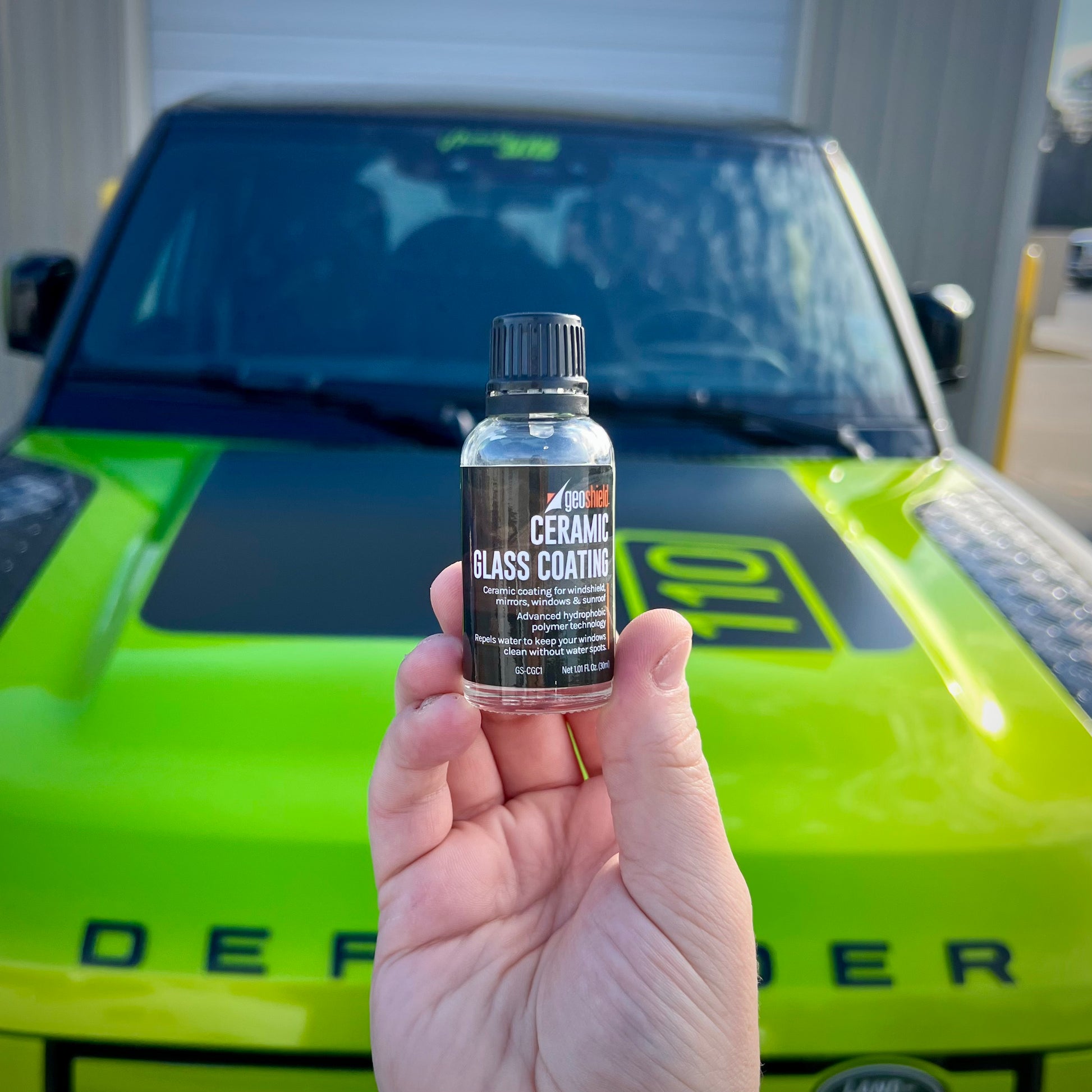The Best Shield Versus Debris and Pollutants with Ceramic Coating Denver
The Best Shield Versus Debris and Pollutants with Ceramic Coating Denver
Blog Article
A Comprehensive Overview to the Kinds Of Ceramic Coating on the Market
Ceramic layers have arised as a critical option across numerous industries as a result of their distinct homes and applications. From silica-based formulations understood for their robustness to hybrid alternatives that merge numerous advantages, the options readily available can be overwhelming. Comprehending the subtleties of each type, including their details advantages and suitable use situations, is crucial for making notified choices. As we discover the distinctive attributes and applications of these coatings, the ramifications for efficiency and long life come to be significantly obvious, questioning regarding which kind could best match your requirements.
Understanding Ceramic Coatings
Ceramic finishes are innovative safety options that have actually obtained appeal in different sectors, specifically in auto and aerospace applications. These coatings include a fluid polymer that, when healed, creates a long lasting, hydrophobic layer externally of the substratum. This layer offers enhanced resistance to environmental impurities, UV radiation, and chemical direct exposure, therefore prolonging the life and aesthetic appeal of the underlying product.
The essential element of ceramic coatings is silica, which contributes to their firmness and longevity. The application procedure normally includes surface prep work, application of the finish, and curing, which can be attained with heat or UV light. As soon as healed, ceramic finishes exhibit remarkable bonding homes, allowing them to stick strongly to a selection of surface areas, including steels, plastics, and glass.
In addition to their safety features, ceramic coatings likewise offer convenience of maintenance. Their hydrophobic nature lowers the adherence of dirt and crud, making cleaning less complex and less regular. Overall, the fostering of ceramic coverings stands for a considerable development in surface area protection innovation, providing both visual and functional benefits throughout multiple markets.
Kinds of Ceramic Coatings
Different kinds of ceramic coatings are readily available, each made to fulfill specific performance needs and applications. One of the most usual kinds include:
Silica-based Coatings, these layers mostly include silicon dioxide and are known for their longevity and chemical resistance. They are widely utilized in industrial and vehicle applications.
Titanium Dioxide Coatings: Prominent for their photocatalytic buildings, titanium dioxide coatings are typically applied in atmospheres where self-cleaning and antifungal buildings are preferable, such as in structure products and automotive finishes.
Zirconia Coatings are characterized by their high-temperature stability and thermal resistance, zirconia finishings are used in applications such as wind turbine engines and high-performance vehicle parts.
Alumina Coatings, Showing superb hardness and thermal security, alumina layers are regularly used in wear-resistant applications, consisting of reducing devices and commercial equipment.
Hybrid Coatings:Integrating the properties of numerous products, hybrid finishings provide improved performance features, making them suitable for special and demanding applications.
Each type of ceramic coating offers unique objectives, enabling individuals to pick one of the most proper this website option based on details ecological conditions and performance demands.
Benefits of Ceramic Coatings

In addition to resilience, ceramic coverings offer outstanding hydrophobic buildings, enabling simple cleaning and upkeep. This water-repellent nature reduces the adherence of dirt, crud, and other contaminants, which can extend the aesthetic allure and performance of the surface. Ceramic finishings can significantly boost thermal resistance, making them optimal for applications that endure high temperature levels.
Another remarkable benefit is their capacity to enhance surface area firmness. This increased firmness can lead to lowered wear and tear, inevitably extending the life expectancy of the coated product. Ceramic finishes can add to power efficiency by mirroring heat, which is especially useful in vehicle and commercial setups. Overall, the many benefits of ceramic coatings make them an important financial investment for numerous applications, ensuring optimal performance and protection.
Application Refine
When applying ceramic finishes, a careful strategy is essential to attain ideal results. A tidy surface ensures correct bond of the covering.
Once the surface area is prepped, the next action is to apply the ceramic layer. This can be done making use of an applicator pad or a microfiber cloth, ensuring also coverage. It is vital to work in tiny sections to keep control and stop early treating - Ceramic Coating Denver. The coating needs to be applied in slim layers, as thicker applications can lead to irregular finishes.
After application, the covering needs a certain healing time, typically ranging from a few hours to a full day, depending on the product. Following these steps vigilantly will optimize the performance and long life of the ceramic layer, giving a durable protective layer for the surface area.
Upkeep and Long Life
To make sure the longevity and performance of a ceramic finish, routine upkeep is necessary. Ceramic finishings, known for their durability and safety qualities, call for particular treatment routines to optimize their lifespan and efficiency.
Along with regular washing, routine evaluations are critical. Search for indications of wear or damages, such as hydrophobic residential properties diminishing or surface area imperfections. If needed, a light gloss may use this link be put on revitalize the layer without stripping it away.
In addition, the application of a booster spray can boost the layer's hydrophobic results and restore its gloss. This is especially advantageous for coverings that have remained in usage for an extensive duration. Inevitably, by sticking to these upkeep practices, one can substantially expand the life of a ceramic layer, ensuring that it continues to provide optimal protection versus ecological variables and keep the visual allure of the lorry.

Conclusion
In conclusion, ceramic coverings stand for a flexible option for an array of applications, supplying a selection of kinds such as silica, titanium dioxide, alumina, and zirconia. In general, ceramic finishings contribute considerably to enhancing the durability and functionality view website of numerous surface areas across multiple sectors.
Ceramic layers have actually emerged as a critical solution throughout different industries due to their unique properties and applications.Ceramic coatings are innovative protective solutions that have actually gotten popularity in numerous markets, particularly in auto and aerospace applications. Ceramic finishings can significantly boost thermal resistance, making them suitable for applications that endure high temperatures.
On the whole, the many advantages of ceramic layers make them a useful investment for different applications, ensuring optimum performance and security.
In verdict, ceramic finishes represent a flexible solution for a variety of applications, offering a range of kinds such as silica, titanium alumina, dioxide, and zirconia.
Report this page